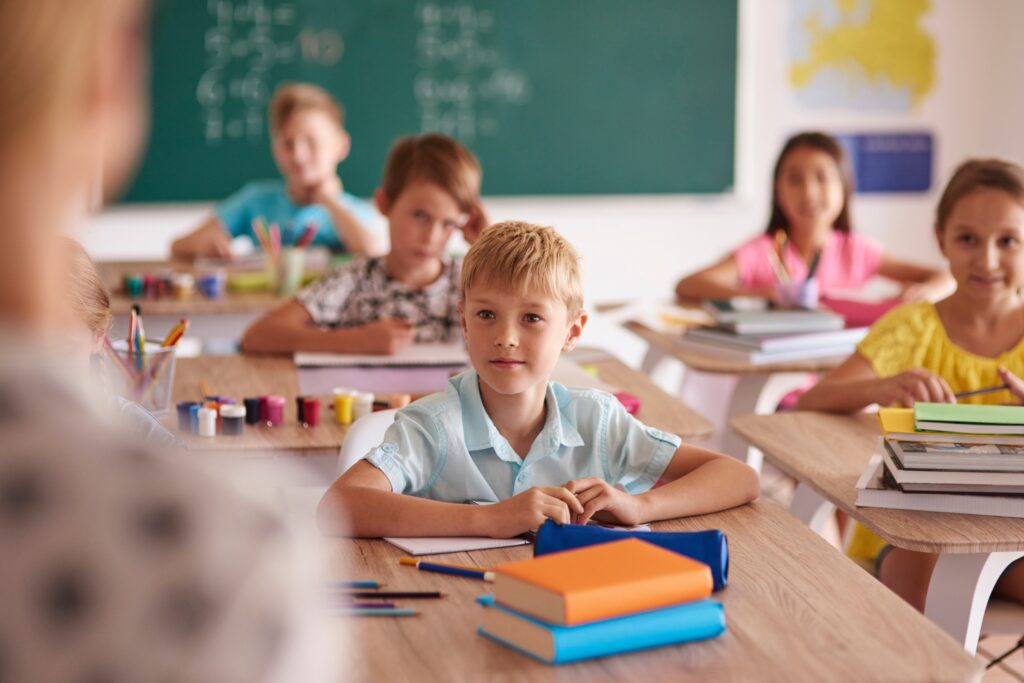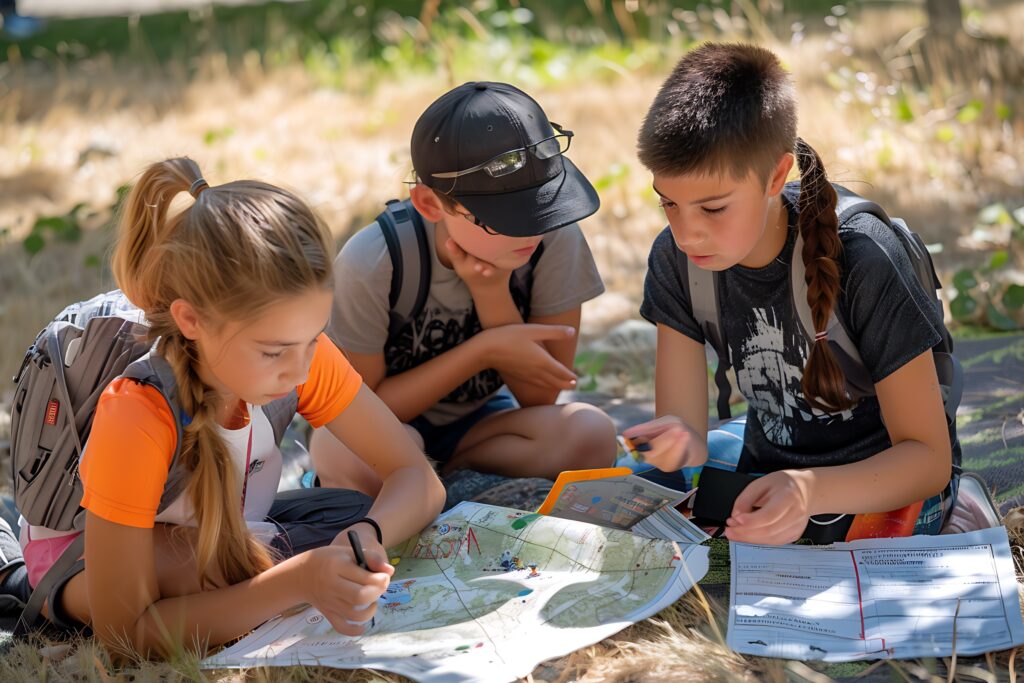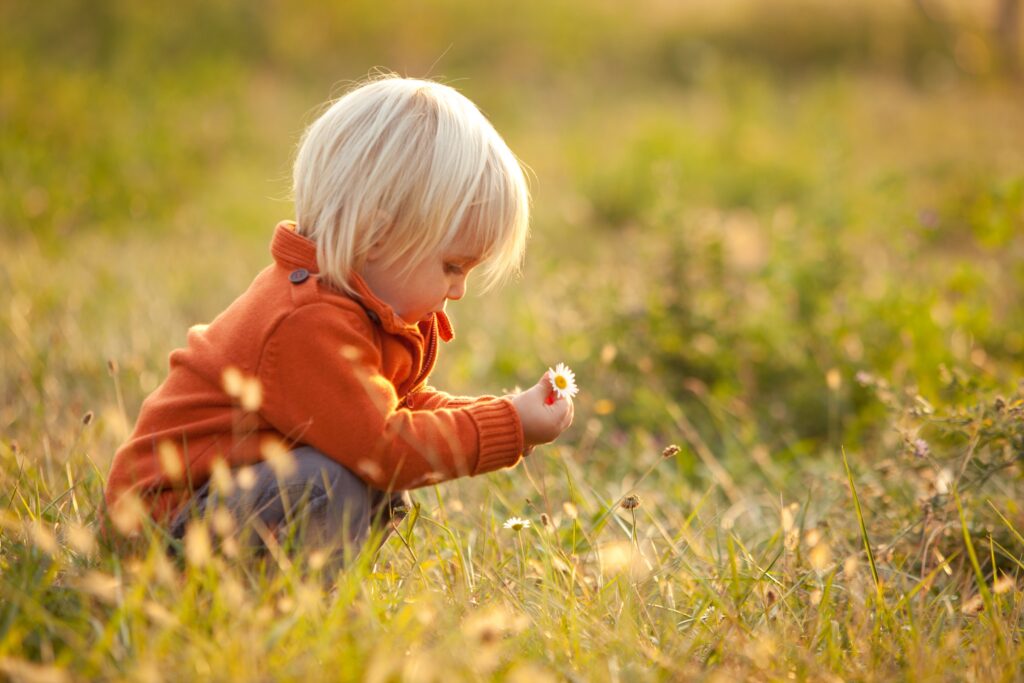Easy brain building?

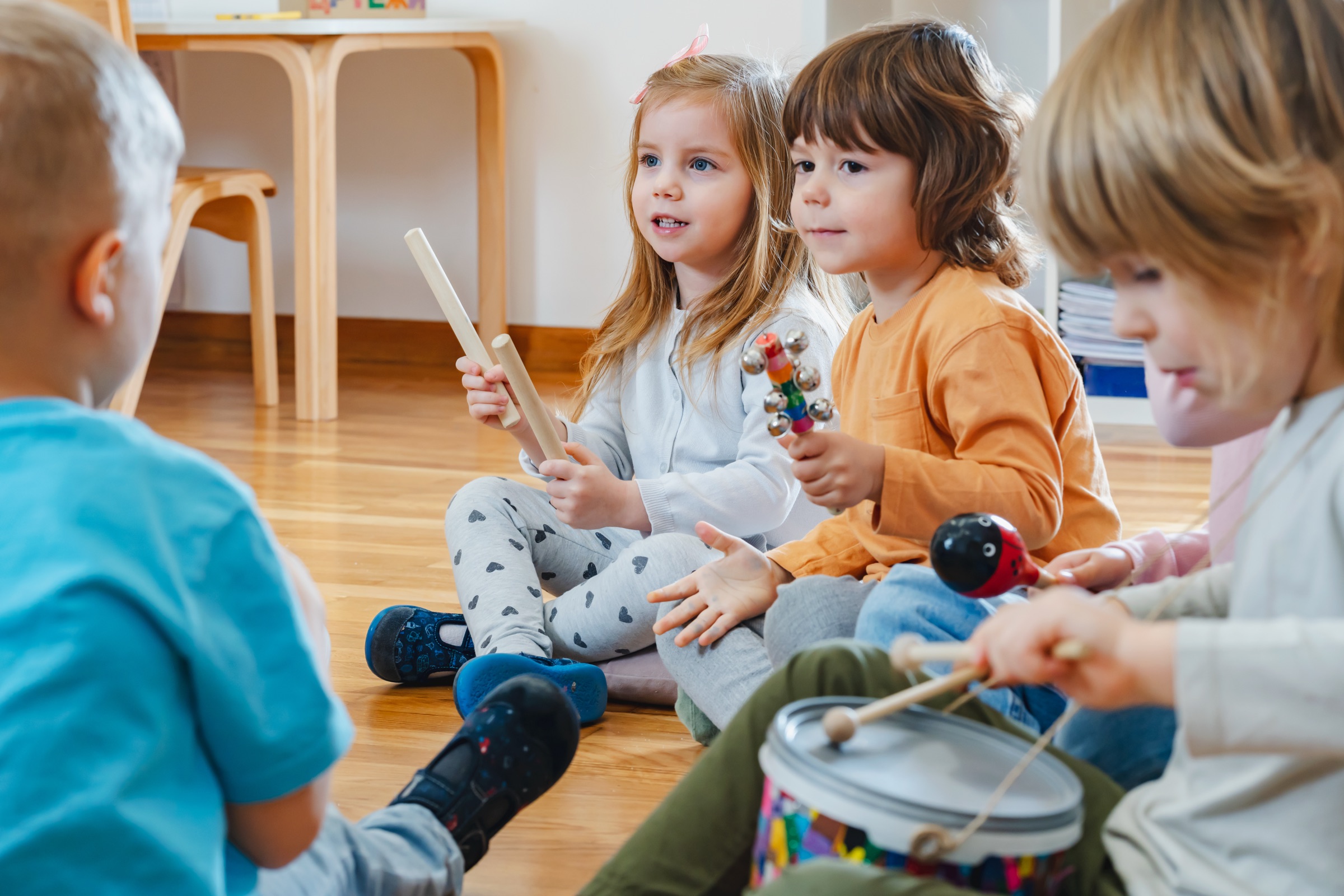
What if there was a strategy that could improve language neural pathways, develop executive function, stimulate cognitive development, and support emotional regulation?
What if this strategy was completely free and available at any time of day?
What if this strategy required little, if any training?
What if any educator could implement this today with very little preparation?
Wouldn’t this strategy be apparent across all early childhood settings in abundance?
It should be.
Unfortunately, some of the positives of the past seem to be a dying art, and children are the losers.
Sociologists studying communities and cultures, historically and in the current age, examine a range of expressions including clothing, food, marriage and family customs, festivals, art, dance and music.
For all of known human time, music has played an important role in communities through telling the historical and faith stories, providing an expression during celebrations, teaching skills and for personal expression. The entire community was often involved in singing, dancing or playing an instrument in village life.

In the modern world, music has been professionalised. A small slice of capable musicians have been platformed, to an eager plethora of fans, who turn out in thousands to enjoy their performance; passive recipients of someone else’s experience. Although many sing and dance along in the audience, their voice is audible only to them – maybe. The next week at work, many of those audience members who work in early childhood, will rely on professional musicians to contribute to the program.
The professionalism of music has removed the confidence of many to engage in their own musical expression. When performing music has been elevated to the level of a few key idols that are watched by the mediocre masses, the broad spread of musical engagement disappears.
A recent facebook post about a returning educator mourning the loss of singing in the service she is working at, had 71 comments. Of these, 26 comments agreed that singing had been lost in their service. 15 comments were from educators who still sang with children, but even in most of these, they went on to say that they were the only one in their service. This is actually calamitous.
The benefits of music are many and varied. Personal singing fosters a greater involvement with the child, their mind and their connection with the music. Learning to play an instrument fosters another range of skills and aptitudes in later childhood. In early childhood, the human voice is of particular interest to the child with their inbuilt drive for language and capacity for absorbing knowledge and skills. Consider the following examples:
- Singing appeals to the child audibly, and focusses their attention in a greater way than speech alone
- Singing introduces words and sounds, increasing phonetic awareness, rhyme and the rhythm of communication
- Singing increases attention span as children are often engaged until the end of the song
- Singing supports memory development as children recall lyrics of favourite songs
- Singing with actions provides gross motor and fine motor purposeful movement
- Singing connects children with emotions and supports the development of emotional understanding and language
- Singing supports routines or rituals that provide structure and stability for the child each day
- Singing supports auditory memory and auditory discrimination
These same effects are far less significant having a recording played on a device. Pre-recorded music has the capacity to ‘wash over’ children and become background auditory distraction as they move on to other things. Recorded music may be used for prescribed situations such as providing a calm, soothing background for rest periods (utilising a range of genre to provide broad exposure of styles), for a specific dance experience, or with materials to provide a provocation for art.
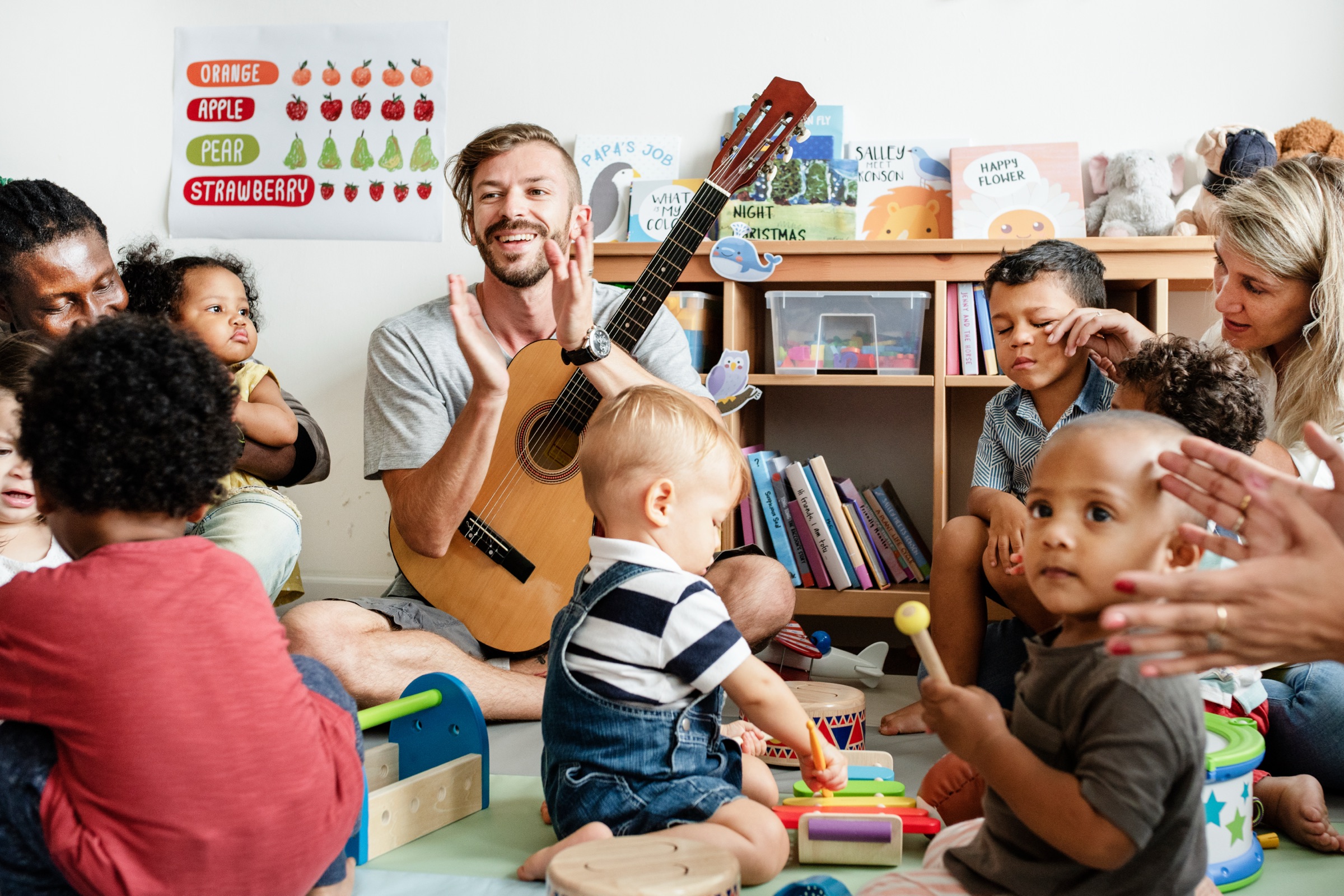
The educator’s solo voice, however, has a magic of its own. Imagine wandering through the centre. You see children in the sandpit playing as well as using their fingers and singing with an educator “incy wincy spider”.
As you walk towards them, filtering out from the bathroom you hear “this is the way we wash our hands, wash our hands, wash our hands…”
The babies room is not left out. Five little ducks are going for a walk….
An educator at the obstacle course is singing their own made up song, “First this foot and then the other, move this hand, it is no bother. There you are, you’re on the plank, you’ve done it by yourself, great thanks!”
If you are unfamiliar with singing out loud, the first song will be the hardest. Make it a familiar one. Make a pact with your team to all start to sing. If you are a service leader, spend 5 minutes every staff meeting with a group singing session. Bring in great old nursery rhymes, new nursery rhymes, easy folk tunes, appropriate short popular songs, cultural songs from a variety of places and your own favourite action songs.
And if you love Spotify, I encourage you to use it – in the car and on the bus, rather than with the children. Familiarise yourself with a range of songs. I’ll even recommend a playlist!
There is indeed a strategy that can improve language neural pathways, develop executive function, stimulate cognitive development, and support emotional regulation. It is completely free and available at any time of day. It requires little, if any training.
Educators can implement a singing environment simply by opening their mouth and having a ‘go’. The children will not only love it, they will be benefitting across a range of aspects.
Enjoy yourself. Your singing doesn’t have to be perfect, you are probably your own worst critic. Remember that there is likely to have been a point in your life where you loved singing out loud too – before you sensed that it was for the professionals only. Let’s bring singing back into the early childhood environments.
Helping children thrive is a shared journey. Spread the word and support fellow educators with insights and resources from Your Child’s Day.
Resources, advice, and uplifting stories for educators and families. No spam, ever.

